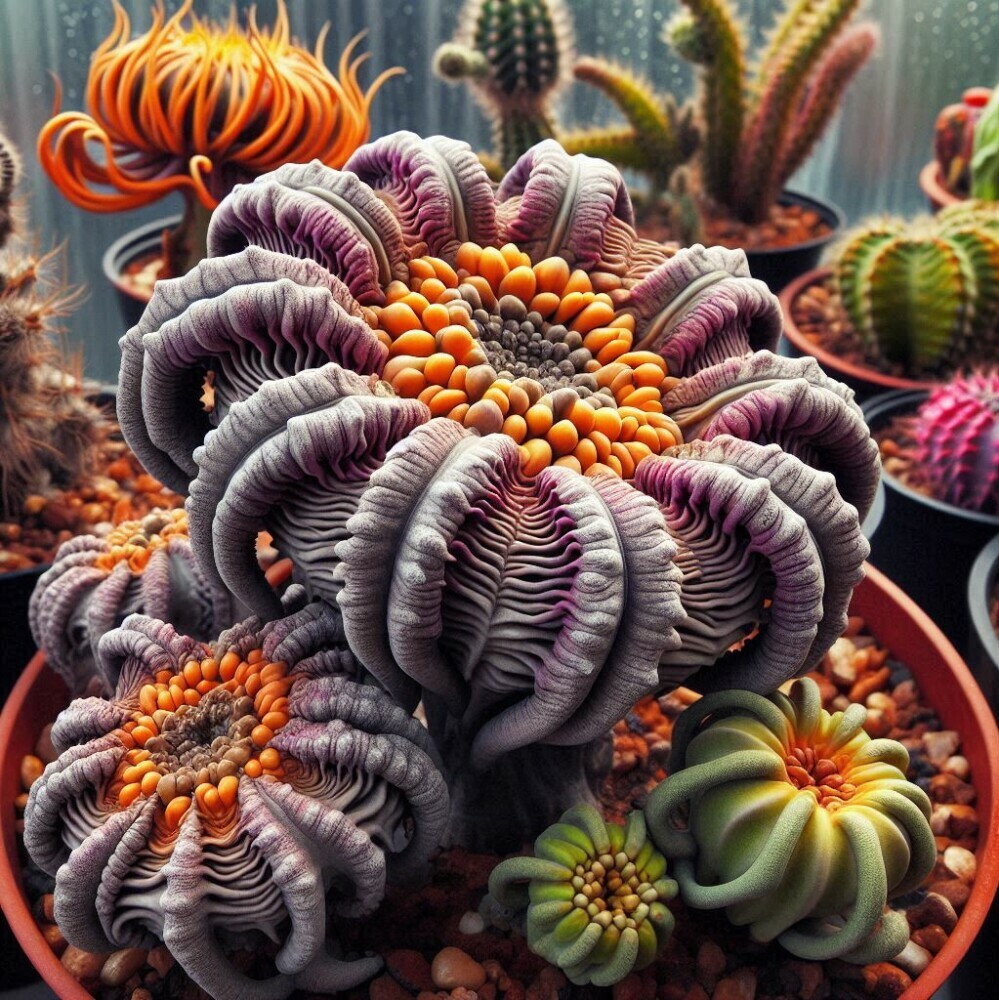 Plants can absorb
Plants can absorb
I’m going to start by shedding light on a group of plants that play an often-overlooked role in maintaining the health of our ecosystems: nitrogen-fixing plants. These unsung heroes take nitrogen from the air \– which is unusable to most organisms \– and convert it into a form that plants can absorb.
You’ll learn about the magic happening beneath the surface—a process called biological nitrogen fixation. This natural phenomenon occurs when certain plants host nitrogen-fixing bacteria in their roots, creating a powerhouse for soil enrichment. This is vital because nitrogen is a crucial building block for life, integral to proteins and DNA.
This isn’t just about the well-known legumes, like peas and beans; it’s also about the lesser-known varieties that are just as important. While common nitrogen-fixers are celebrated in agriculture and gardening, their unusual counterparts often hide in plain sight, ready to be discovered and utilized for sustainable practices.
Now, stick around because we will delve into some of nature’s hidden helpers in the next section. We’ll explore plants outside the legume family that fix nitrogen and discuss how they could revolutionize gardening and farming.
Nature’s Hidden Helpers: Exploring Non-Leguminous Nitrogen-Fixers
I will tell you a little secret about some of the Earth’s unsung heroes – the non-leguminous nitrogen-fixing plants. We often praise legumes for their nitrogen-fixing abilities, but they’re not the only players in the game. A whole world of plants can pull nitrogen straight from the atmosphere into the soil without needing bean pods.
In my opinion, understanding these unique plants starts with getting to know their unusual partnership with bacteria. Unlike legumes that primarily work with rhizobia bacteria, non-leguminous nitrogen-fixers like alders, casuarinas, and myrica form alliances with other specialized microorganisms to convert atmospheric nitrogen into a usable form for the plant, which in turn enriches the soil.
You’ll discover how these partnerships work and why they’re valuable in non-traditional farming and gardening settings. For instance, alders pair up with Frankia bacteria, creating nodules on their roots to facilitate nitrogen fixation. Casuarinas, with their feathery, pine-like needles, work with different bacteria but achieve the same soil-enriching goal.
This isn’t just about adding nutrients back into the soil; it’s also about diversifying our approach to agriculture and horticulture. Integrating these plants into our landscapes improves soil health and promotes a more robust and resilient ecosystem.
Choose something that resonates with you. Whether it’s the silvery-green foliage of a casuarina or the lush greenery of an alder, these plants beautify your garden and work tirelessly beneath the soil. Now that we’ve uncovered some of nature’s hidden helpers let’s dive deeper into the specific benefits and examples of these remarkable plants in the next section.
Green Champions: The Unsung Heroes of Soil Enrichment
You might not have heard much about them, but a whole world of plant species quietly enriches our soils without the fanfare given to their leguminous cousins. These unsung heroes include the Frankia-associating alders, the actinorhizal casuarina trees, and aromatic shrubs like Myrica, all vital in their ecosystems.
Each of these unusual nitrogen-fixers has carved out a niche. Let’s take Myrica, for example. It thrives in barren, sandy soils, making it an ace up the sleeve for land reclamation projects. On the other hand, Alders prefer wetlands and riversides, where they serve as ecological pioneers, improving the land for future plant communities.
As necessary as these plants are in their native environments, they can offer exciting benefits for farmers and gardeners. Introducing Myrica or alders into your landscape could enhance soil quality, minimize the need for chemical fertilizers, and promote a more sustainable form of agriculture or horticulture.
Research into these plants and their applications in soil management is evolving. Scientists are delving into their genetics and symbiotic relationships to uncover how they can be used to our advantage. Imagine the possibilities of harnessing these natural soil enhancers on a larger scale.
Cultivating Diversity: How to Grow and Care for Rare Nitrogen-Fixers
If you want to embrace the benefits of these unusual nitrogen-fixing plants, there are a few simple steps to get you started. First, choose something that resonates with you and adapts well to your local climate and soil conditions. Whether you’re a small-scale home gardener or a giant agricultural producer, diversifying your plant selections can lead to more prosperous, more productive soil.
Growing these nitrogen-fixers can be a game changer for your soil’s health. But don’t worry too much about perfecting it on your first try. You can constantly adjust your approach as you learn more about the specific needs of your chosen species.
To ensure the best success, research the plants’ native environments and nutritional requirements. While some plants might thrive in your backyard, others may need specialized care, like specific mycorrhizal fungi, to maximize their nitrogen-fixing capabilities.
Lastly, you’ll discover that working with these plants is not just about soil enrichment; it’s about contributing to a broader environmental commitment. By cultivating these rare species, you’re taking a step towards supporting biodiversity and building a more sustainable future.
I hope that you feel inspired to explore these fascinating plants further. They’re poised to impact our agricultural practices and environmental health significantly. Remember that your first attempt doesn’t need to be your last; sometimes, unconventional choices lead to the most impressive results.
